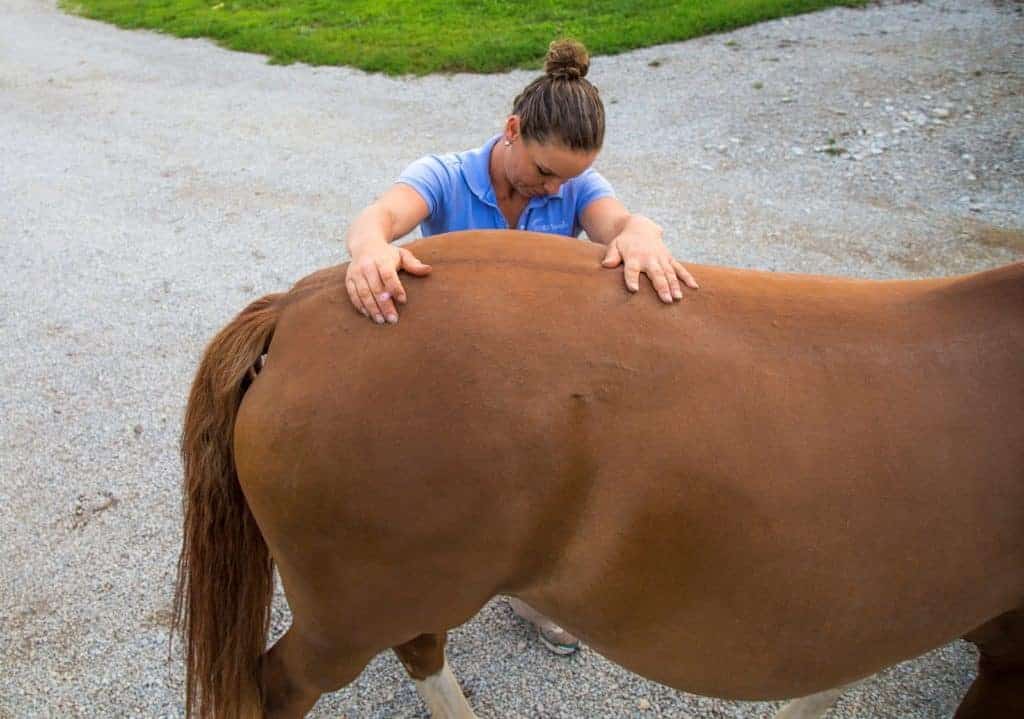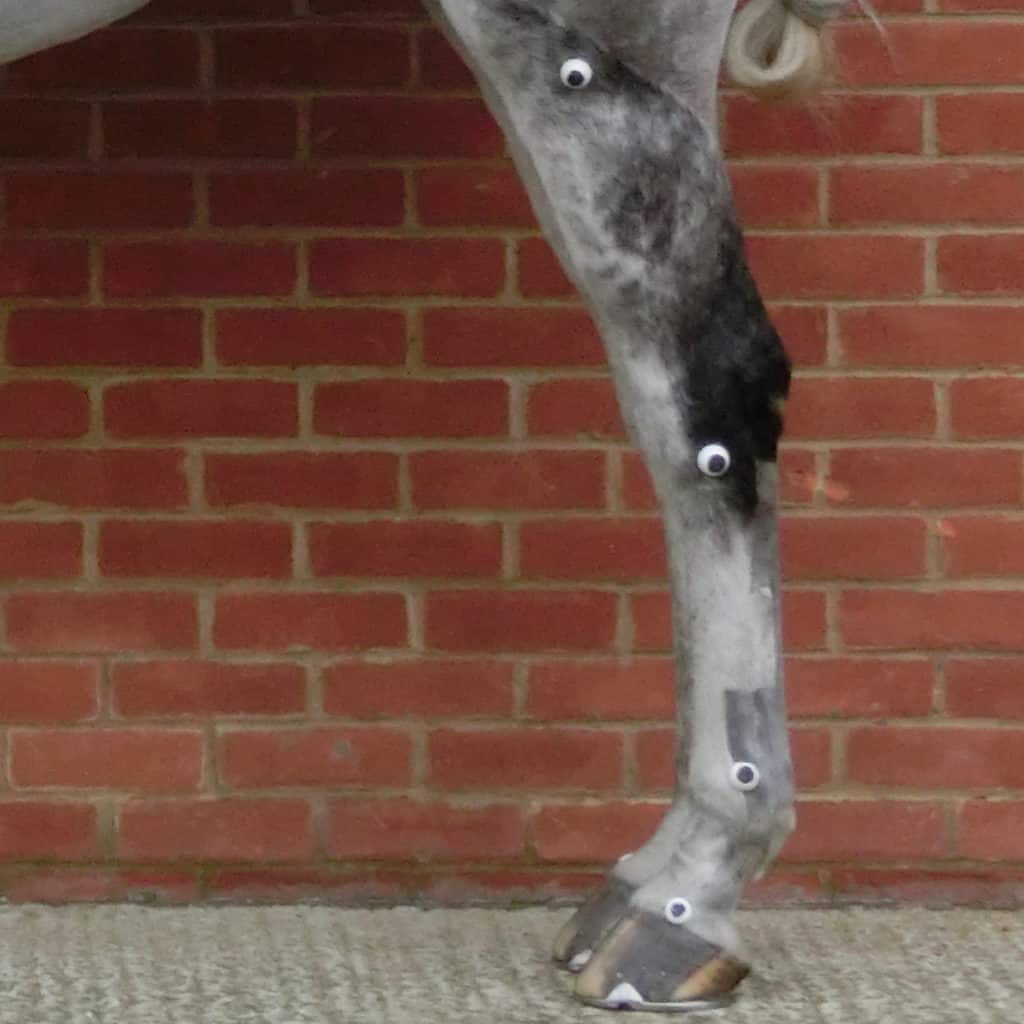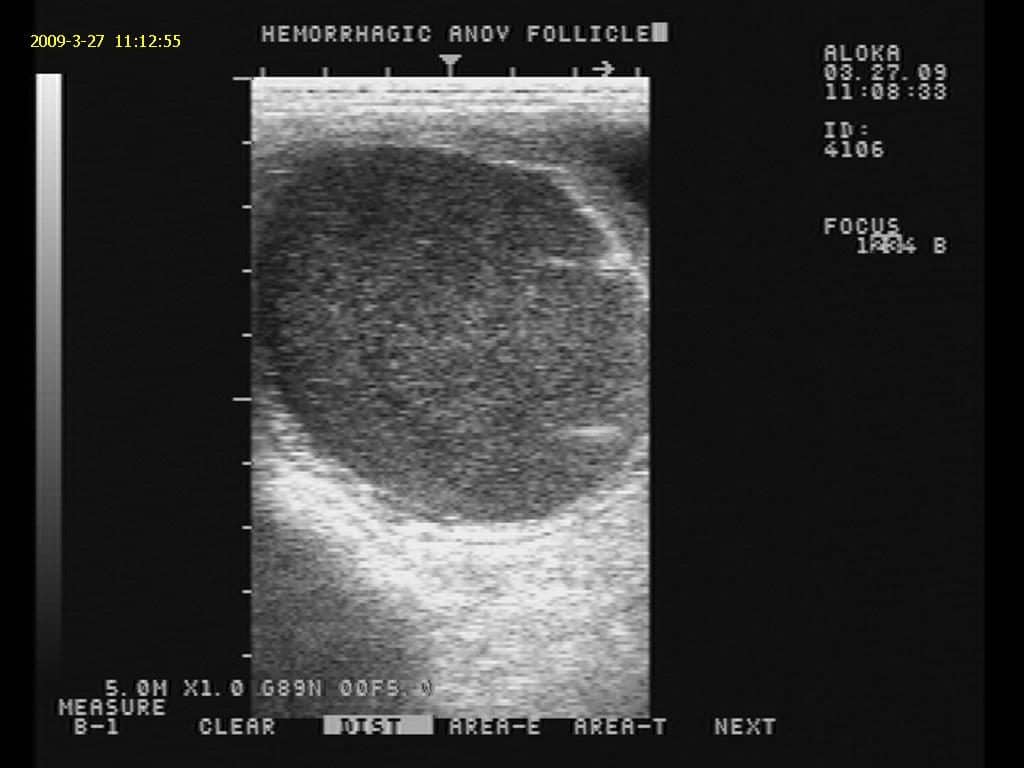
Current EPM Rates Show Better Diagnostic, Treatment Options
Data suggest that veterinarians are treating EPM in the field and referring fewer cases.

Data suggest that veterinarians are treating EPM in the field and referring fewer cases.

Instead of causing foot pain directly, rear hoof imbalances seem to cause more problems higher up the leg—to the hocks, stifles, glutes, and sacroiliac joint, one vet says.

Ultrasound is a useful screening tool for assessing some deep digital flexor tendon lesions, but it could cause veterinarians to underestimate navicular bursa and collateral sesamoidean ligament lesions.

A good wipe-down with sanitizing agent might work well on wood, concrete, and plastic, but nylon equipment is harder to properly disinfect, researchers found.

Applying learning theory principles in equine veterinary practice can improve safety and horse welfare, as well as client satisfaction. Here’s what to know.

For every degree of increase in hock angle, researchers found a 12% greater chance of a horse having proximal suspensory desmopathy (PSD).

Presenters will speak on pre-race examinations, on-track protocols, test barn best practices, technology resources, biosecurity, and more.

A recent study has revealed that aspirin’s effects on horses seem less pronounced than in humans. In fact, some horses might be resistant to it.

Activated charcoal administered via a nasogastric tube might help stop the intoxication process that leads to death.

Weanlings turned out with shelter access had no more respiratory issues than those housed in warmer stables during a harsh Finnish winter.

Researchers evaluated 1,154 Thoroughbreds’ Timeform ratings and performance before and after vaccination and detected no difference in form.

Knowing which ovarian abnormalities are benign and which are pathogenic can help vets manage mare successfully.

This research could help riders select dressage mounts to ensure their ability to perform the required movements while maintaining soundness.

Time is of the essence when diagnosing and treating atypical myopathy as it can prove fatal in less than two days.

Both medical and surgical management resulted in more than 94% of treated horses surviving to discharge from one hospital, researchers found.

Researchers found that surgical correction of a patent urachus or infected umbilical remnants often has a good outcome.
Stay on top of the most recent Horse Health news with
"*" indicates required fields